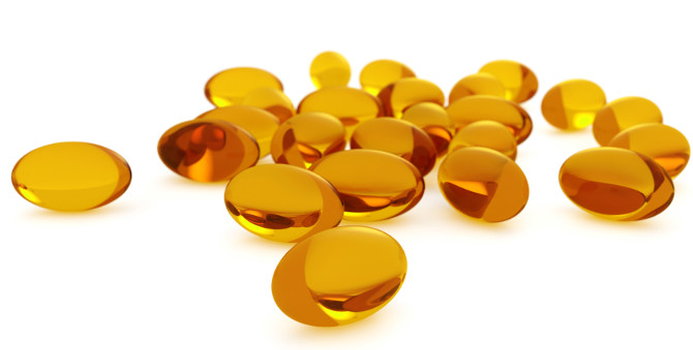Agar-agar, often just abbreviated to agar, is a substance that is derived from red algae or seaweed. This edible substance is a staple in many regions of the world and for vegetarians and vegans. Additionally, you will see agar listed as a thickening agent on some candies.
Health Benefits
Agar contains calcium, iodine, phosphorous and iron. It has no calories, sugars, fats or carbohydrates. It is composed of 80% fiber. Agar absorbs glucose and is quickly digested, which may prevent the body from storing unnecessary fats and sugars. In addition to absorbing glucose, agar has shown to absorb bile, which may help lower the amount of cholesterol absorbed by the body. Agar acts as a slight laxative, which may help certain digestive disorders, specifically liver sluggishness, constipation, and slow motility. The nutritional value per tablespoon of agar is:
- 13.5 calories
- 0 g protein
- 0 g fat
- 0 g saturated fat
- 0.027 monounsaturated fat
- 0.3 g carbohydrates
- 0 g sugar
Locating Agar
Agar is often harvested in the Pacific Ocean, off the Western coast of the United States and throughout Asian islands. To break the agar down, the seaweed is first boiled, then cooled, purified and finally dried. Agar can be purchased in flakes, powder, granules and blocks. It is typically clear, but at times will be dyed before drying to add some color.
Buying Agar
Numerous grocery stores sell agar, often found in the vegetarian section or the Asian foods section. You can store agar in an airtight container for up to eight months. Agar should be stored in a dry, cool place. Make sure you are buying edible grade or agar manufactured for human consumption. Agar sells for approximately $3.50 per ounce.
#1 Use For Agar
Agar is flavorless and odorless, which makes it an excellent thickening agent for cooking. In some Asian cultures, agar is a common ingredient in soups and jellies. Unlike animal-derived gelatin, agar can be used as a vegetarian and vegan thickening source. This means agar can be used in pies, puddings, desserts, jell-o, marshmallows, gummy bears and jelly beans for vegetarians and vegans.
#2 Use for Agar
Agar can be used in place of eggs when cooking. Simply add 2 tbsp of agar for each cup of liquid that is being thickened. If the liquid includes a citrus juice or acid, increase agar to 3 tbsp.
Know that agar will not set in vinegar, rhubarb, chocolate or spinach. When using agar in cooking, you typically have to rehydrate the agar with water prior to cooking.
#3 Use For Agar
One common non-culinary uses of agar is in science labs in their petri dishes. This substance is often used because it is not a protein and therefore cannot be digested by bacteria. Agar is used as a growth medium for bacteria because it provides a stable growth environment.



